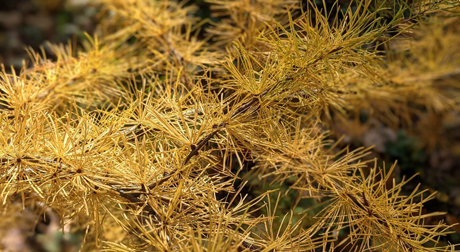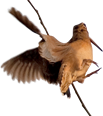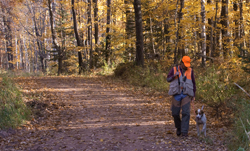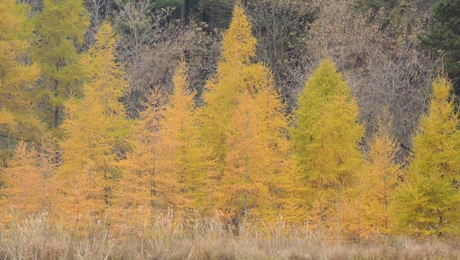“Smoky gold” and other observations from Aldo Leopold about a grouse hunter’s favorite time of year
“There are two kinds of hunting: ordinary hunting, and ruffed-grouse hunting.
“There are two places to hunt grouse: ordinary places, and Adams County.
“There are two times to hunt in Adams: ordinary times, and when the tamaracks are smoky gold.”
Thus opens the chapter titled “October” in A Sand County Almanac and Sketches Here and There by Aldo Leopold. He ranks among the very best nature writers of all time. Not only did he deeply understand the true nature of nature but he simply, yet with eloquence and elegance, describes its splendor.
What grouse hunter doesn’t relish the month of October? Previous months can be taken up with various preparations—training and conditioning the dogs, gear preparation, travel plans—but, still, everything is focused on October. It is the perfect time to be walking along a tote road in the woods with dogs.
Leopold continues:
“The tamaracks change from green to yellow when the first frosts have brought woodcock, fox sparrows, and juncos out of the north. Troops of robins are stripping the last white berries from the dogwood thickets, leaving the empty stems as a pink haze against the hill. The creekside alders have shed their leaves, exposing here and there an eyeful of holly. Brambles are aglow, lighting your footsteps grouseward.”
Several paragraphs later, Leopold notes:
“The tamaracks grow not only in the swamp, but at the foot of the bordering upland, where springs break forth. Each spring has become choked with moss, which forms a boggy terrace. I call these terraces the hanging gardens, for out of their sodden muck the fringed gentians have lifted blue jewels. Such an October gentian, dusted with tamarack gold, is worth a full stop and a long look, even when the dog signals grouse ahead.”

Tamarack (Larix laricina) is a member of the Larix, or Larch, genus and Pinaceae, or Pine, family. Another name is the Eastern Larch. While the tree is a conifer (cone-bearing) and produces needles, it isn’t an evergreen. Instead, this genus is cool because its needles are deciduous and so are shed in the fall.
Photo courtesy of Grand Traverse Regional Land Conservancy
Leopold finishes the first section:
“Lunch over, I regard a phalanx of young tamaracks, their golden lances thrusting skyward. Under each the needles of yesterday fall to earth building a blanket of smoky gold; at the tip of each the bud of tomorrow, preformed, poised, awaits another spring.”
Leopold’s final sentence of the chapter:
“I sometimes think the other months were constituted mainly as a fitting interlude between Octobers, and I suspect that dogs, and perhaps grouse, share the same view.”






